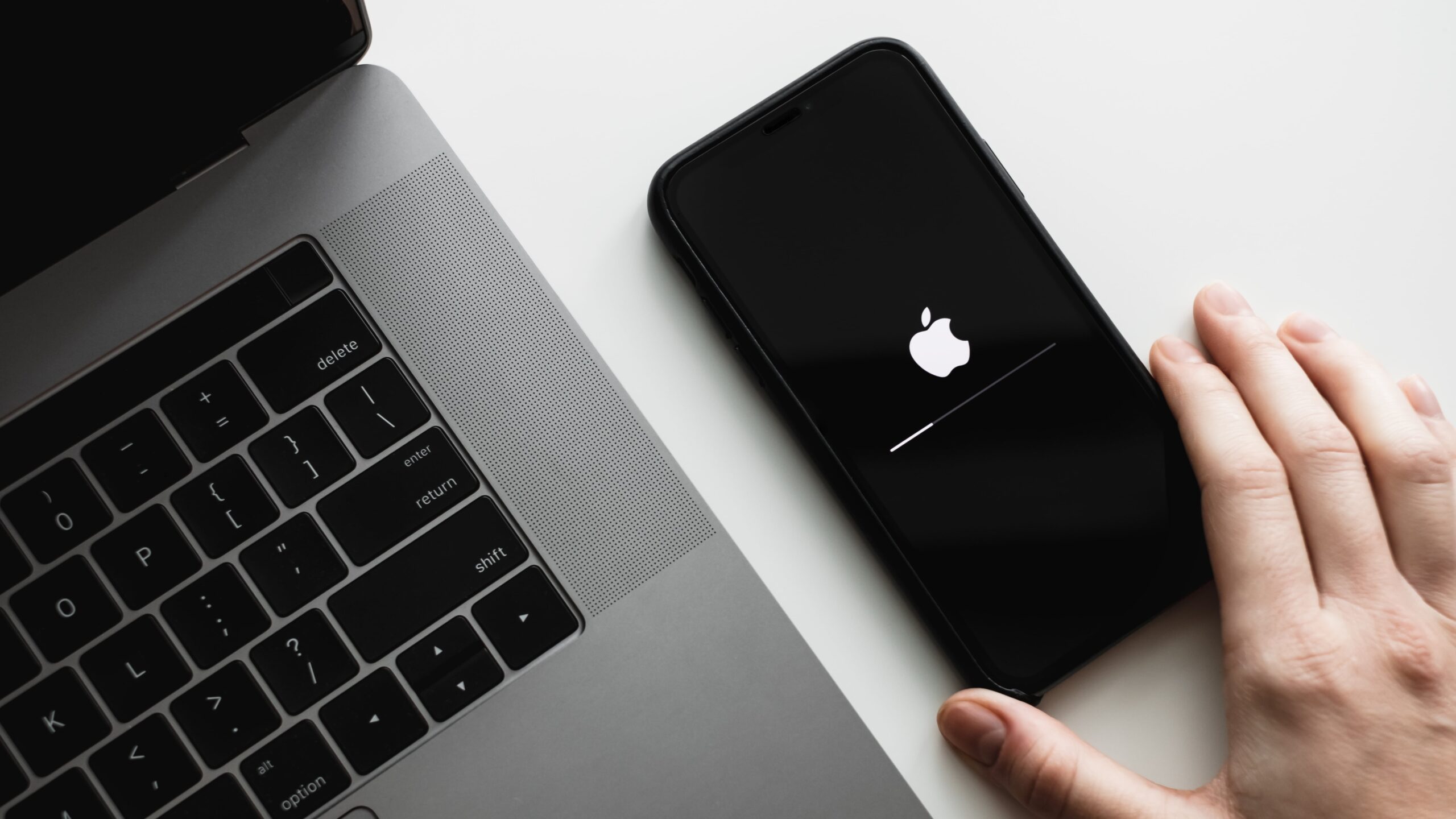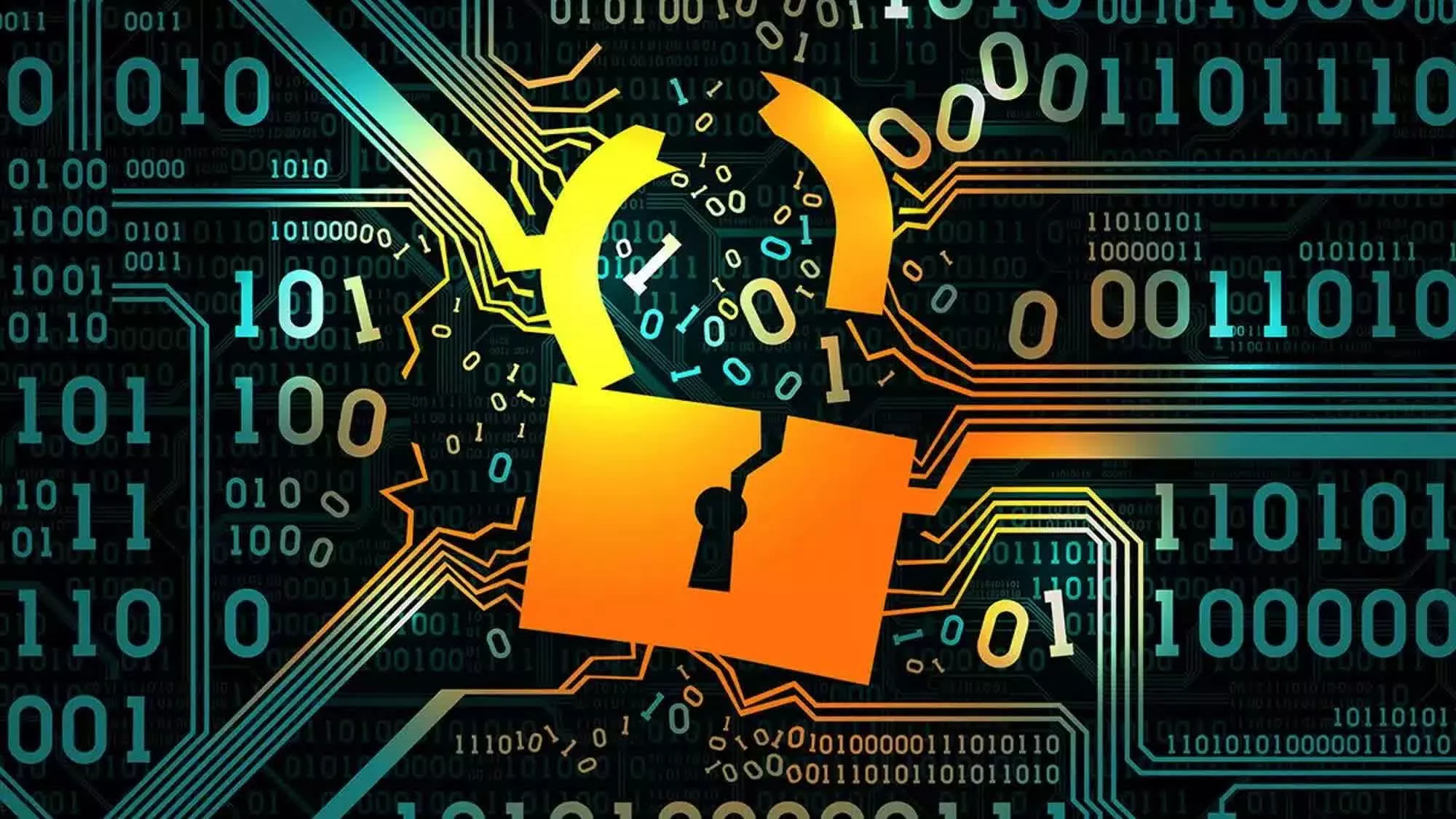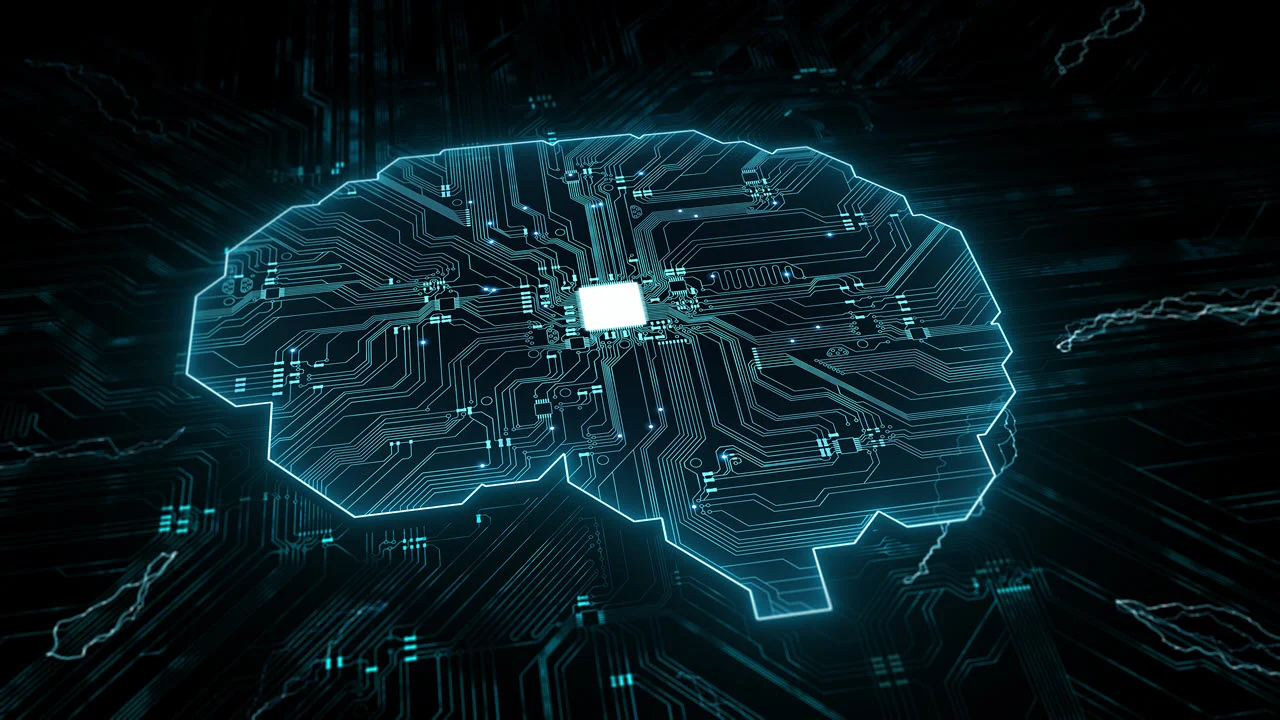Apple iPhone and MacBook Massive GPU Flaw Exposed. In a startling revelation, cybersecurity experts at Trail of Bits have unearthed a significant security flaw in the GPU systems of popular devices, including millions of Apple iPhones and MacBooks. This vulnerability, named LeftoverLocals, poses a severe risk to user privacy and data security, bringing to light the complexities and potential dangers lurking within our everyday technology.

Apple iPhone and MacBook GPU Flaw: Understanding the GPU Memory Vulnerability
The core of this issue lies within the GPU memory, a component traditionally dedicated to graphics processing but increasingly utilized for storing AI data. The vulnerability enables malicious entities to access personal information stored in the local memory of the GPU. This is particularly alarming given that GPUs, unlike the SoC (System on a Chip), are becoming central to AI data processing and storage.
Apple iPhone and MacBook GPU Flaw: Apple’s Swift Response and Ongoing Risks
Apple, which is well-known for its stringent security procedures, has acknowledged that it is aware of the problem in reaction to this finding. These patches have already been sent by the tech giant for handsets that are equipped with the M3 and A17 Bionic CPUs.
However, this does not eliminate the fact that a considerable number of devices, such as the Apple iPhone 12 Pro, a variety of iPad models, and M2 MacBook Air units, are still susceptible to this attack.

The Broader Impact: Beyond Apple’s Ecosystem
This security flaw is not contained just within the ecosystem that Apple has created. Devices that have graphics processing units (GPUs) manufactured by industry giants like AMD, Qualcomm, and Imagination are also hit. The widespread extent of the vulnerability is highlighted by the widespread impact of this vulnerability; however, it is important to note that Nvidia, Arm, and Intel GPUs are not currently affected by this vulnerability.
A GPU security flaw named LeftoverLocals puts millions of iPhones, MacBooks, and devices with AMD or Qualcomm chips at risk, allowing hackers to extract AI data. Apple has patched some devices, but older models remain exposed. pic.twitter.com/s57qevZtWp
— Abdul Malik 🥷🏾 (@jukaowen) January 18, 2024
The Technical Underpinnings and Implications
More vulnerabilities, such as LeftoverLocals, are becoming more serious as graphics processing units (GPUs) continue to improve to do more sophisticated jobs and store greater amounts of data. Those who take advantage of this vulnerability can gain access to significant portions of uninitialized local memory, which can range anywhere from 5 MB to 180 MB, using only a small amount of code.
This throws up Pandora’s box of privacy problems, particularly when one considers the fact that such memory can contain sensitive data from large language models (LLMs) that are utilized by generative AI services like ChatGPT.
The Urgent Call to Action by Trail of Bits
In light of these findings, Trail of Bits has issued a stern warning and a call to action, asking a pivotal question: “What leftover data is your ML model leaving for another user to steal?” This query not only highlights the immediate risk but also prompts a broader reflection on the security practices surrounding modern AI and ML models.

Proactive Measures and Future Outlook
All companies with identified flaws in their GPU units have acknowledged the issue and are working towards releasing updates to rectify it. Immediately, the recommendation that should be given to people is to be vigilant, which means keeping a watch on gadget updates and installing them as soon as they become available.
The occurrence serves as an important reminder of the ever-changing nature of cybersecurity threats, as well as the requirement for ongoing innovation and responsiveness on the part of both technology businesses and end-users.










